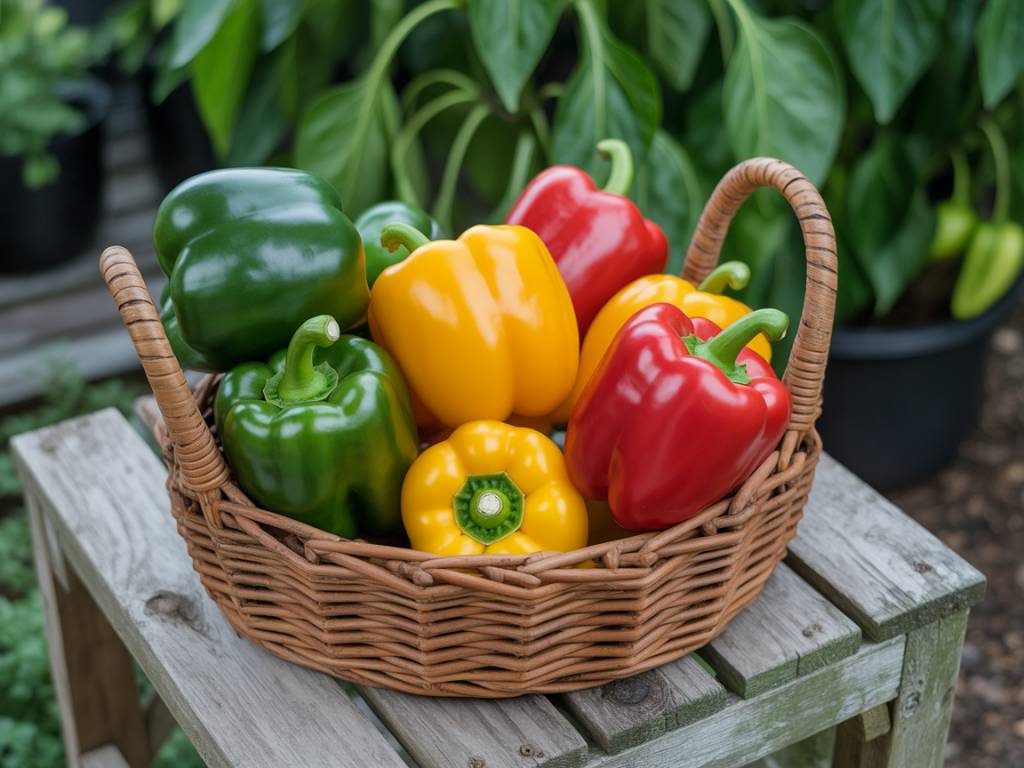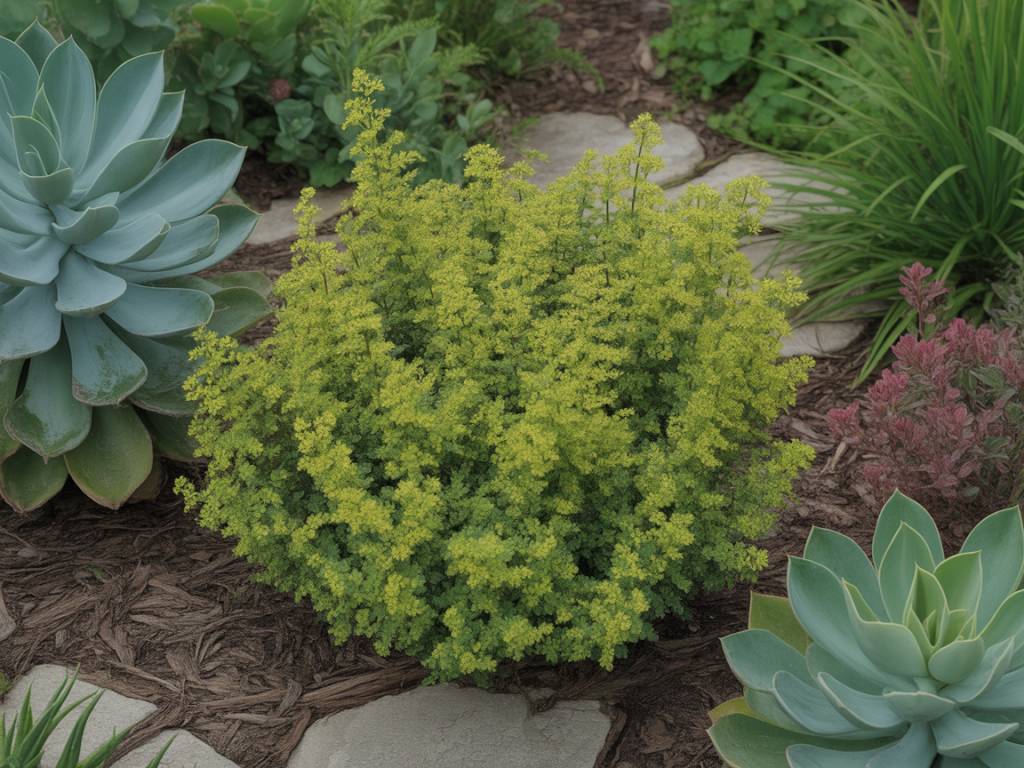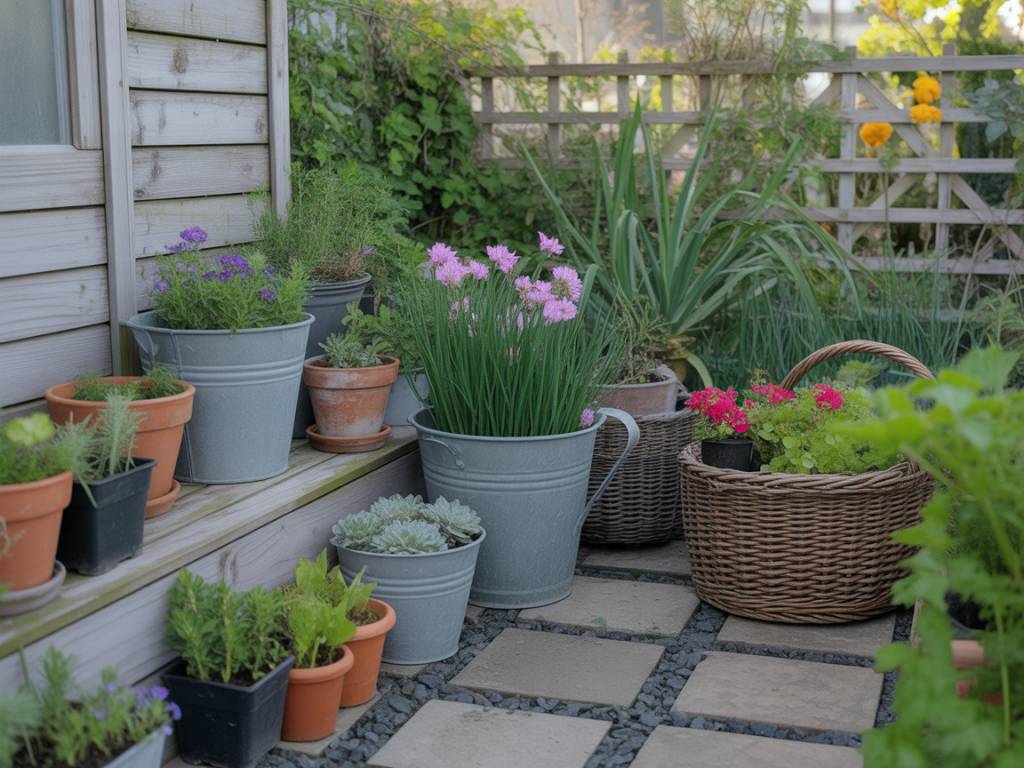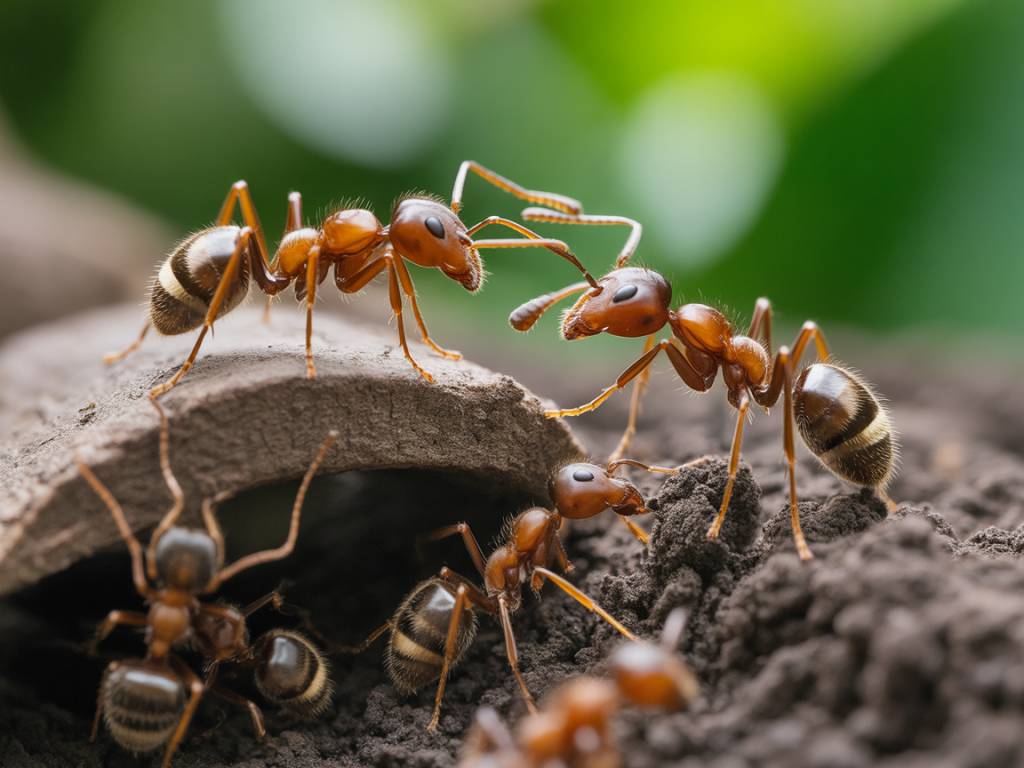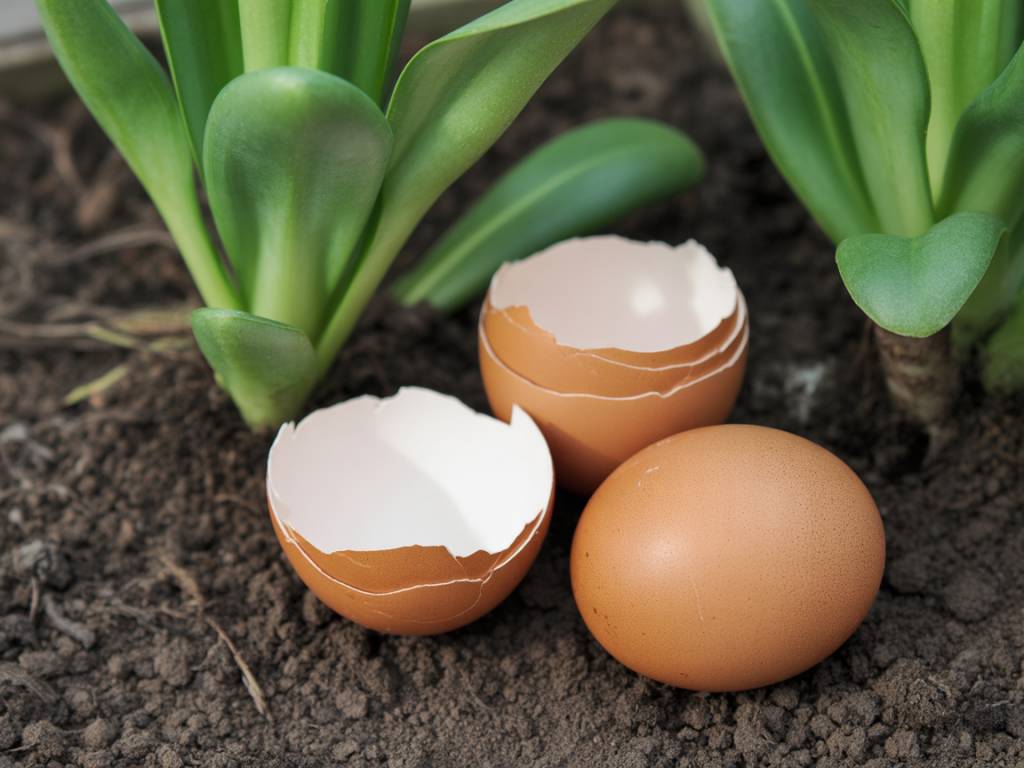Some afternoons, when the light is soft and the soil smells alive, I like to kneel in the beds and remind myself: every handful of earth is a city. Invisible tunnels, micro-fungi highways, tiny creatures quietly working for our plants. So when we talk about weeding, we’re not simply “tidying up” — we’re deciding how gently we treat that entire underground world.
If you’ve ever hesitated before jabbing a tool into the ground, wondering what else you might be disturbing, this article is for you. Let’s explore the most soil-friendly way to tackle weeds, and the tools that help you keep order above ground while protecting life below.
Why soil life should shape your weeding choices
Healthy soil is more than a growing medium; it’s a partnership. Under the surface, roots communicate with fungi, bacteria recycle nutrients, and earthworms aerate the soil for you — free of charge. The more we slice, turn, and compact the soil, the more we break these relationships.
Harsh weeding methods can:
- Destroy soil structure by cutting through worm tunnels and fungal networks.
- Bring buried weed seeds to the surface, encouraging a whole new generation of weedy guests.
- Expose soil to sun and wind, leading to drying and erosion.
- Stress beneficial organisms that thrive in stable, undisturbed environments.
So the question isn’t just “How do I remove weeds?” but “How do I remove weeds while leaving soil life as intact and peaceful as possible?”
What makes a tool soil-friendly?
Before naming names, it helps to know what you’re looking for. A soil-friendly weeding tool typically:
- Works shallowly — at or just below the surface, rather than digging deep.
- Cuts rather than churns — slicing stems or roots instead of turning over large chunks of soil.
- Is narrow or precise — so you disturb a small area instead of an entire bed.
- Helps you keep mulch in place — so the soil stays covered and protected.
- Feels comfortable — so you can weed regularly, for short, gentle sessions instead of occasional big “soil battles.”
In other words: less bulldozer, more scalpel.
The single best “tool” for soil-friendly weeding
If I had to choose only one “tool” for weeding while protecting soil life, I would start with something simple:
Your own hands, paired with a narrow hand weeder (dandelion fork).
This combination lets you:
- Loosen and lift with care rather than yank and tear.
- Work around roots of beloved plants without shredding them.
- Disturb the smallest possible area while removing even deep-rooted intruders.
Imagine gently easing out a dandelion, feeling the root slide free rather than snapping in panic. Your fingers sense resistance long before a heavy hoe would. Over time, you’ll start to “read” the soil by touch, learning when it’s too wet to work, when it’s crumbly and alive, when a little twist will free the root completely.
Let’s look at the tools that shine brightest when soil life is your priority, and how to use them so that every weed you remove is also a kind gesture to the underground city.
The dandelion fork: a precision tool for deep roots
The humble dandelion fork (also called a taproot weeder) is a slim, two-pronged tool designed to slide down beside a root and lever it up with minimal disturbance.
It’s especially useful for:
- Taprooted weeds like dandelions, dock, plantain, and thistles.
- Tight spaces between vegetables or perennials, where broad tools would damage neighbours.
- Mulched beds, where you want to move aside only a tiny patch of mulch, then replace it neatly.
To use it in a soil-friendly way:
- Water lightly the day before if the soil is very dry; moist (not soggy) soil releases roots more easily.
- Slide the fork straight down beside the root, not on top of it, so you don’t cut the root into pieces.
- Rock the tool gently to loosen; use your other hand to guide the plant out.
- Press the soil back into place with your hands, like tucking in a blanket.
It’s quiet, almost meditative work. An ideal companion for a late Sunday afternoon when you’re not fighting the garden, just editing it.
The stirrup (oscillating) hoe: fast weeding with a light touch
For larger areas or vegetable rows, doing everything on your knees isn’t always realistic. This is where a stirrup hoe (also called an oscillating hoe) becomes your friend.
It has a loop-shaped blade that rocks back and forth, slicing just below the soil surface. Used correctly, it’s one of the most soil-friendly long-handled tools you can own.
Its strengths:
- Shallow action — it skims under the surface, barely disturbing the top layer.
- Speed — ideal for quickly clearing small, young weeds across wide beds or paths.
- Less strain on your back — you work standing up, with a push-pull motion.
To keep the soil life safe:
- Keep the blade sharp. A sharp hoe glides; a dull one drags and tears the soil.
- Work when weeds are tiny seedlings, before they develop strong roots.
- Use a very shallow stroke, just under the surface. You’re shaving, not ploughing.
- Avoid deep “chopping” motions that turn and mix soil layers.
Used weekly in the growing season, you’ll find that sessions can be short, satisfying, and surprisingly gentle. The micro-life barely notices; the weeds, however, do not recover.
The collinear or wire weeder: almost no disturbance at all
If you like the idea of “barely touching” the soil, a collinear hoe or a wire weeder is worth considering.
These tools have:
- A slim, sharp blade or wire that glides right at the surface.
- A design that encourages light, sweeping motions rather than deep digging.
- Excellent control around seedlings and delicate plants.
They are especially effective for:
- Freshly prepared beds.
- Path edges you want to tidy without disturbing the soil core.
- Maintaining “no-dig” beds, where soil structure is sacred.
Think of them as your “finish carpentry” tools — for finessing, not demolition.
The hori-hori knife: versatile but use with respect
A hori-hori knife (a traditional Japanese garden knife) is a favourite multitool in many gardens. It has a heavy, often serrated blade that can slice, dig, and divide.
It can be very soil-friendly when used sparingly and precisely:
- Slice runners of weeds like couch grass or bindweed right at the surface.
- Cut through compacted patches gently, making room for roots without turning the whole area.
- Lift clumps of shallow-rooted weeds from mulch or compost.
However, it’s also powerful enough to do damage if used like a mini spade. To stay kind to soil life:
- Reserve deep stabbing or prying for truly stubborn weeds.
- Aim to slice rather than dig, especially in well-structured beds.
- Work slowly and notice how the soil feels; stop if you find yourself churning rather than cutting.
Think of the hori-hori as a surgeon’s knife, not a shovel. Precision over power.
When your hands alone are the best option
There are times when even the slimmest tool feels too clumsy. Newly planted perennials, dense root systems, or young vegetable seedlings often benefit from the simplest approach: your fingers.
Hand weeding is especially gentle because:
- Your touch automatically adjusts to resistance; you don’t force what doesn’t want to move.
- You can tease roots free instead of stabbing blindly.
- You naturally replace any dislodged soil and firm it back into place.
In mulched beds, I like to peel back just enough mulch to see what I’m doing, lift the weed, and then tuck the mulch back like a duvet. The soil stays covered, cool, and cosy — and I haven’t stirred it any more than necessary.
Tools and methods to be cautious with
Some common weeding options are convenient but much harder on soil life. You don’t need to banish them entirely, but it’s wise to understand the trade-offs.
- Traditional hoes (chopping hoes): Their deep, chopping motion can break soil structure and bring buried weed seeds to the surface. If you use one, keep strokes shallow and light.
- Rototillers and power cultivators: These machines are like earthquakes for the soil ecosystem. They shred fungal networks, disturb worms, and invert soil layers. Consider shifting to a no-dig approach and limiting tilling to very specific renovation tasks.
- Chemical herbicides: These not only harm weeds but can affect non-target organisms and reduce soil biodiversity over time. Spot treatments may occasionally be used in tricky situations, but mechanical methods are far kinder to soil life.
- Flame weeders: They don’t disturb soil structure, which is a plus, but repeated use can subtly alter surface life and organic matter, and they come with fire and carbon costs. Best reserved for paths and hard surfaces, not living beds.
Each garden, and each gardener, has their own thresholds. The key is awareness: knowing what each method does beneath the surface.
Mulch: the silent partner to your weeding tools
Although not a “tool” in the usual sense, mulch might be the most powerful ally you have when you want fewer weeds and happier soil life.
A good organic mulch (compost, leaf mould, straw, chipped wood, or a blend) will:
- Suppress many annual weeds by blocking light.
- Keep soil moist and cool, which soil organisms adore.
- Break down into humus, slowly feeding the soil food web.
When beds are well mulched, your weeding tools mostly deal with:
- Soft, shallow-rooted seedlings in the mulch layer.
- Occasional perennials poking through, which your dandelion fork can tackle surgically.
The combination of mulch + gentle tools often means you spend more time “editing” than “battling,” which is a much nicer relationship to have with your garden.
Choosing the right tool for your kind of garden
So, which soil-friendly weeding tool deserves a place by your back door? It depends on how and where you grow.
For a small ornamental garden or cottage border:
- A dandelion fork for deep-rooted visitors.
- A good pair of gardening gloves and your own hands.
- Optional: a hori-hori knife for trickier spots.
For a vegetable garden with rows or beds:
- A stirrup hoe for fast, shallow weeding between rows.
- A collinear or wire weeder for close work around crops.
- A dandelion fork for the odd stubborn perennial.
For a no-dig or heavily mulched garden:
- Your hands and a narrow hand weeder as your primary tools.
- Possibly a wire weeder for top-level seedlings in the mulch.
- A focus on maintaining mulch depth so weeds are fewer every year.
Most gardeners eventually find their own “holy trinity” — three tools they reach for again and again. If soil life is your priority, those tools will all share the same traits: precise, shallow, and gentle.
A seasonal rhythm that keeps soil life thriving
The tool is only half the story; the timing is equally important. Soil-friendly weeding is about little and often, guided by the seasons.
In spring:
- Weed while seedlings are tiny and easy to slice at the surface.
- Use a stirrup or wire hoe on dry days when the soil surface is just friable enough to crumble.
- Top up mulch before weeds get a serious foothold.
In summer:
- Hand-weed or use a dandelion fork in mulched beds, taking advantage of softer soil after rain.
- Avoid heavy digging in hot, dry spells; soil life is already stressed.
In autumn:
- Gently remove persistent perennials before they set seed.
- Add a generous layer of compost or leaf mulch, disturbing as little as possible.
In winter (where the soil is workable):
- Leave soil largely alone; structure and life are resting.
- Focus on planning, cleaning, and sharpening tools so they’re ready to glide, not tear, in spring.
Over time, this softer rhythm means your soil becomes crumbly, rich, and full of life — and, wonderfully, easier to weed.
A gentler way to garden, one weed at a time
When you choose a tool for weeding, you’re also choosing how you relate to your garden. Will you be the bulldozer, or the careful editor?
For protecting soil life, the “best” tools all have one thing in common: they let you remove the plant you don’t want while leaving the world beneath almost untouched. For most of us, that means:
- Hands that feel the soil and guide the work.
- A dandelion fork for precise, deep-rooted removals.
- A stirrup or wire hoe for quick, shallow passes over young weeds.
Add a blanket of mulch and a little regular attention, and you’ll find that the underground city not only survives your weeding, but thrives because of it. The worms will keep tunnelling, the fungi will keep weaving, and your plants will reward your gentleness with a quiet, persistent abundance.
Next time you reach for a tool, pause for a moment. Imagine what’s happening under your feet… and choose the one that whispers rather than shouts.


